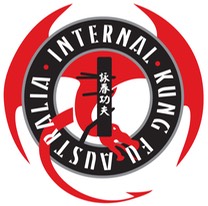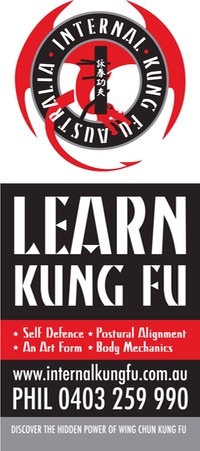The Centreline is at the core of Wing Chun Kung Fu. It is seen as a simple thing, and it is. As Wing Chun practitioners we know that where our centerline is. We know that we guard it and strike down it. We know that it is the shortest distance towards the opponent.
In combat we want our centerline clear. If the centerline is clear we can strike down it. If it is not clear, then we use the tools from Wing Chun to take the centre. This could be a Pak-Sau, Tan-Sau or even a punch. When taking the centre, the aim is to keep it while striking. An effective way of keeping it is to make sure the opponent’s centerline is never facing you, this means two things – he cannot use all his limbs and he cannot use the full force of his power. I’ll come to this later – the centerline is the most powerful point whether you do Wing Chun or not.
There is a saying in Wing Chun ‘The difference of a line is like heaven and earth’ – which is followed by ‘The slightest bit of slackness will bring defeat’. These lines epitomise the importance of the centerline. No matter the size or strength of the opponent, or how much internal power – controlling the centerline will negate it. However, it needs to be trained – and trained in a relaxed manner. A relaxed arm will take the centerline much easier a tense arm. If you are pushing, you are easier to resist – if you are relaxed and aiming for the centre you will have more success. This is trained in Wing Chun over and over, from the first form where you first learn it, to Chi Sau where it is trained dynamically and to the Wooden Dummy. It all comes back to the same thing, if the centerline is clear, you can hit. If it is not clear you cannot hit.
There is a deeper meaning behind the centerline. It is also our most powerful point, where we should be the most powerful in our art. Even before we start delving into the internal side of Wing Chun. If you know where the centerline is, nobody should be able to pull your guard apart by pulling your hands sideways away from your body. By relaxing and keeping your hands on the centre, if done correctly, you will feel the power of the line – this exercise is simple and beginners and kids should be able to do this. If you cannot find the line, your hands are easy to pull apart. Similarly, if you know where the centreline is, you can have both arms spread wide apart, and you should be able to use your hands to come back to your guard, even if somebody is resisting you. The trick here is to not fight the resistance, but to use the centreline.
Striking down the centreline should also be more powerful, yet it often is not. A centreline punch should feel like it comes from the centre of your body mass – yet on most people it feels like it comes from the shoulder. You should be able to place your hand on the centreline and when moving it forward the opponent should feel that it comes from your body mass, not the shoulder. This is difficult to do, but when achieved it makes centreline punches make more sense. Punching from the shoulder is strong, but it does not necessarily utilse the power of the centreline – and this is what differentiates our punch. A good test for this is to set your punch up in the centre, and get someone else to place their fist on yours but in a hook or maybe a bong position but with a fist – if you both press forward, the centreline punch should move the other person back as the weight is directly behind it. If you can discover the power of the centreline, it allows you to bring your mass more into each movement you do. It will also improve your Chi Sao considerably and others rolling against you may feel their shoulders tire more quickly.
Having said all this, it is not important to bring your arms onto the centreline for it to be effective. In fact it is probably very detrimental to bring your whole arm to the centre while punching. In my own training, the only position where my whole arm travels onto the centreline is Tan Sau. I do think, however it is essential that the hands stay on the centreline at all times, and that your centreline at all times should be pointing at your opponent. There are times when you are side on, and yes, you can mentally point your centreline sideways to your opponent however it is too complicated to write about and it is always better to be facing.


